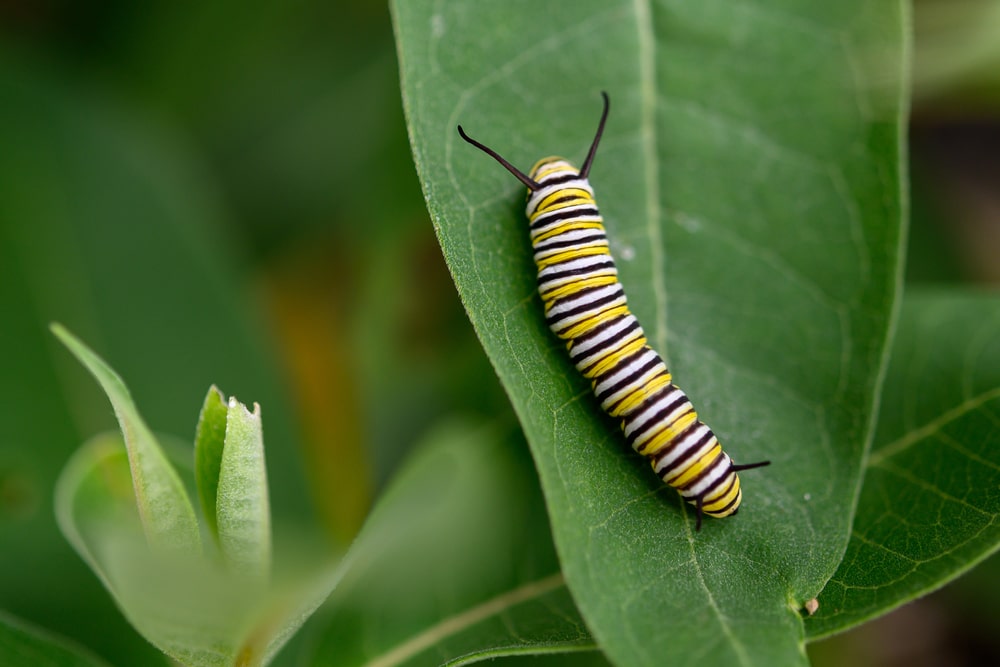My neighbor came to me yesterday, showed me a bottle of insecticide, and said that caterpillars ate all of their parsley and dill last year. This year, he wasn’t taking any chances. Would this work?
I asked him, “You plant milkweed for the Monarch butterflies, right?” He said he did.
I said, “Well, the Monarch butterflies like milkweed because it’s the only thing their babies eat. Did you know that the only things Black Swallowtail Butterflies eat are carrot family members like dill and parsley?”
“So if I use this, I’ll kill Black Swallowtail babies?”
I said, “Yes.”
“Uh, I guess I can return this, right?”
I then explained that he can plant two big pots of parsley and dill, and when the caterpillars show up on his plant, he can move them to “theirs.” But this is something we all should think about. We want to feed the butterflies, but to do that, we have to feed the caterpillars, or there won’t be any butterflies.
What Caterpillars Need
Caterpillars can be particular about the kind of plants they eat, so if they show up one plant, you can’t always move them to a different type of plant. If it’s one they won’t eat, then you just starved a caterpillar to death. Maybe next year, plant more of that particular variety.
Some good plants to plant for caterpillars:
- Asters
- Passion Flower
- Verbena
- All Milkweeds (Butterfly Weed)
- Sunflowers
- Gaillardias
- Echinacea
- Violets
- Goldenrod
- Hollyhock
- Mint (including relatives like Rosemary, Lavender, and Catnip)
- Dill (and all carrot relatives, including fennel, parsley, carrots, and Queen Anne’s Lace)
- Joe Pye Weed
This is by no means a complete list. There are lots of others. These are just some of the most common.
Hawkmoth Pollinators
And while we’re talking about caterpillars, look up what a Tomato Hornworm turns into. It’s called a Hawkmoth. A Hawkmoth looks like a silver-gray hummingbird, and it’s a pollinator! I can’t bring myself to kill pollinators, so if they appear on my tomatoes, I simply move them to “theirs.” (I grow an extra tomato every year for them.)
Remember, if we want butterflies, we must let the babies eat…

